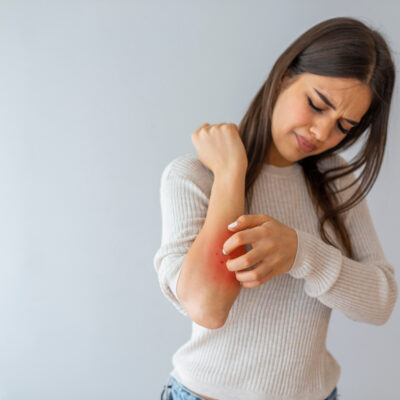
Health
6 Foods and Other Medical Treatments for Arthritis Symptoms
Osteoarthritis is a common joint disorder and the most prevalent form of arthritis globally. Osteoarthritis results when damage or wear affects the protective cartilage that cushions and protects the end of our bones. Although osteoarthritis can affect almost any joint in the body, patients most commonly report issues with the hips, spine, knees, and hands. If you suffer from any type of arthritis, like osteoarthritis, gouty arthritis, or rheumatoid arthritis, your doctor may have already prescribed a medication to help reduce your symptoms—such as Xeljanz, Tremfya, Actemra, Rinvoq, Skyrizi, Simponi Aria, or Apremilast. You may also be taking an over the counter medication to reduce arthritis inflammation (i.e., Voltaren or Advil). However, studies show that when medications to treat arthritis are paired with a anti-inflammatory diet, symptoms are significantly reduced. Symptoms of osteoporosis include joint pain, mobility issues, swelling, stiffness and redness. While doctors may prescribe medications, such as Prolia prescription medication, Evenity bone building drug or Forteo prescription medication, many attain that proper nutrition and diet can improve symptoms or prevent osteoarthritis from getting worse. Here are six foods to eat for osteoarthritis: 1. Plain yogurt Plain yogurt is rich in Vitamin D and calcium, both of which strengthen bones.
Read More 















